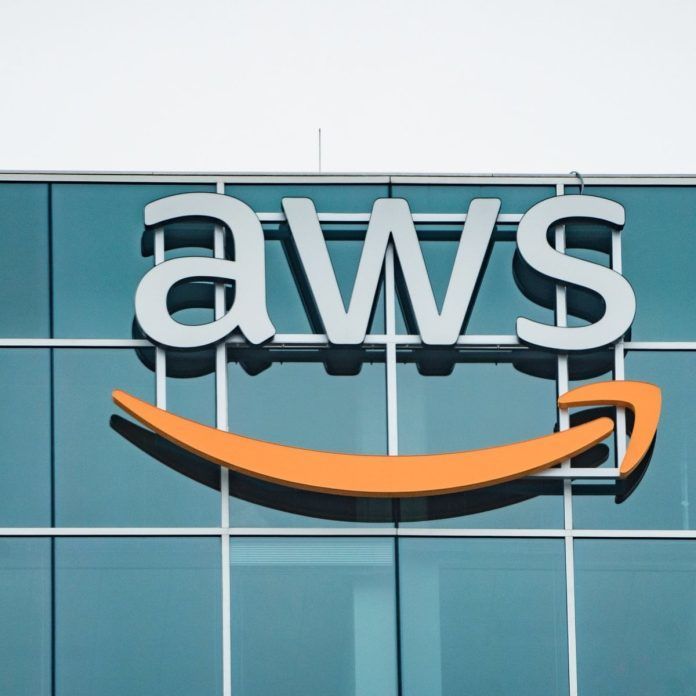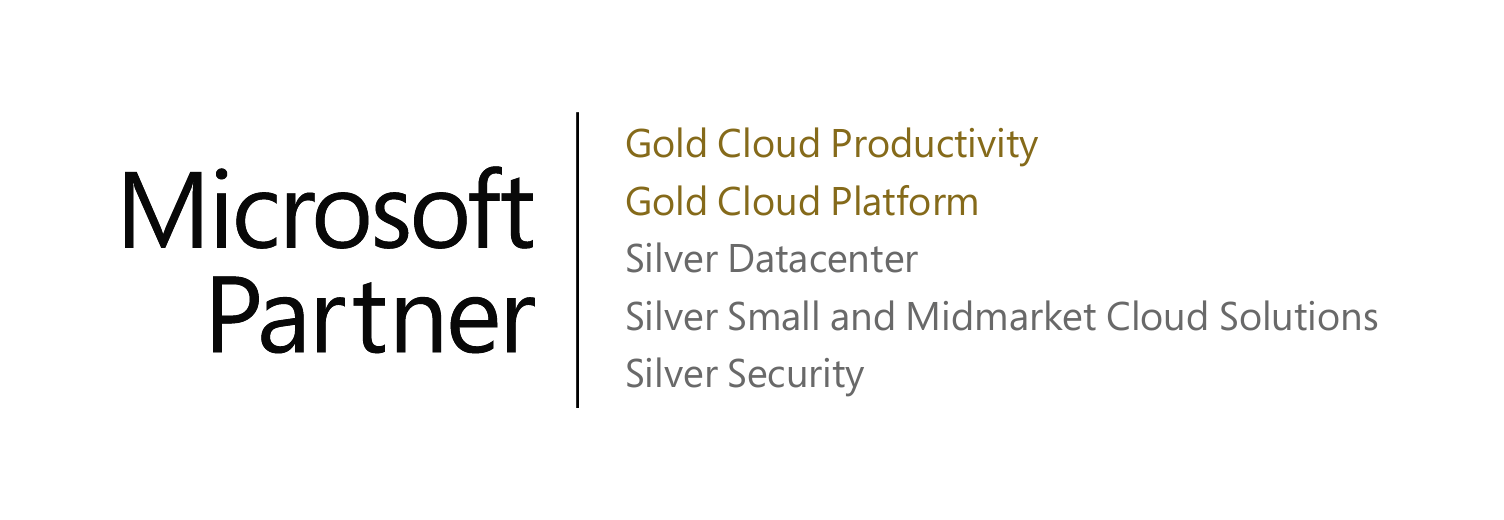What Is SD-WAN and Why Organizations Are Making The Switch To It
In 2019, it became clear that SD-WAN had secured its position as the way forward for enterprise WAN connectivity. Market adoption is growing rapidly, and industry experts have declared a winner in the SD-WAN vs MPLS debate. For example, Network World called 2018 the year of SD-WAN, and before the end of Q3 2018 Gartner declared SD-WAN is killing MPLS.
Times have changed, and enterprises are using the cloud and subscribing to software-as-a-service (SaaS). While users traditionally connected back to the corporate data center to access business applications, they are now accessing those same applications in the cloud.
As a result, the traditional WAN is no longer suitable mainly because backhauling all traffic – including that destined to the cloud – from branch offices to the headquarters introduces latency and impairs application performance. SD-WAN provides WAN simplification, lower costs, bandwidth efficiency and a seamless on-ramp to the cloud with significant application performance especially for critical applications without sacrificing security and data privacy.
SO WHAT IS SD-WAN?
Software-defined WAN (SD-WAN) brings the abstraction of SDN to the WAN; however, it is only the latest in a series of transformations of WAN. The very first stage of WAN, in the 1980s, used point-to-point (PPP) lines to connect different LANs. The price and efficiency of these connections were improved with the introduction of Frame Relay in the early 1990s. Instead of requiring a direct PPP connection between each pair of communicating parties, Frame Relay allowed connection to a “cloud” from a service provider, allowing shared last-mile link bandwidth and the use of less expensive router hardware. The next stage was the introduction of Multiprotocol Label Switching (MPLS), which provided an IP-based means of carrying voice, video, and data on the same network. MPLS provides dependable network connections protected by SLAs but is expensive and slow to provision. In 2013, SD-WAN emerged, showing the potential to be a viable and cost-effective alternative to MPLS – making it the logical next step in WAN technology. By abstracting away, the network layer and routing traffic based upon a collection of centrally defined and managed policies, SD-WAN can optimize routing and prioritization of various types of application traffic. The flexibility provided by SD-WAN also allows it to better meet the needs of cloud and mobile users. As this type of use is becoming more common, it is unsurprising that many organizations are anticipated to adopt SD-WAN.
What’s driving all the excitement around SD-WAN? It effectively comes down to this: SD-WAN is more cost-effective and operationally agile than MPLS. SD-WAN reduces capex and opex while also simplifying WAN management and scalability. However, if you do look beyond the high-level conclusions, it can be hard to quantify how SD-WAN will matter for your business.
Interested in learning more? Stay tuned for the top 5 benefits of SD-WAN and why IT professionals and industry experts alike see it as the future for enterprises.




